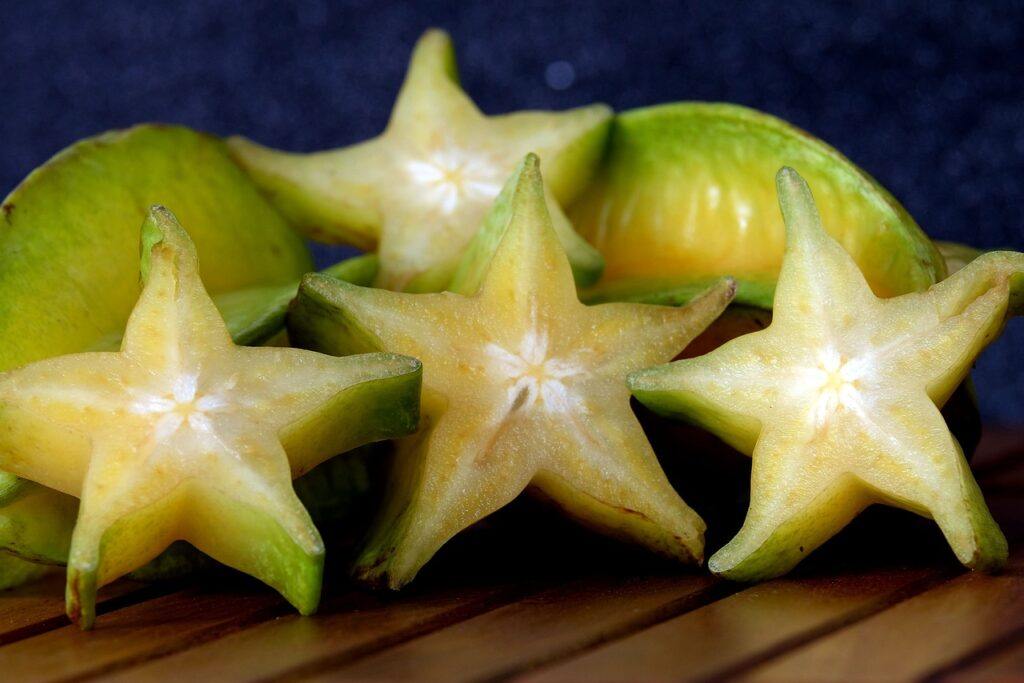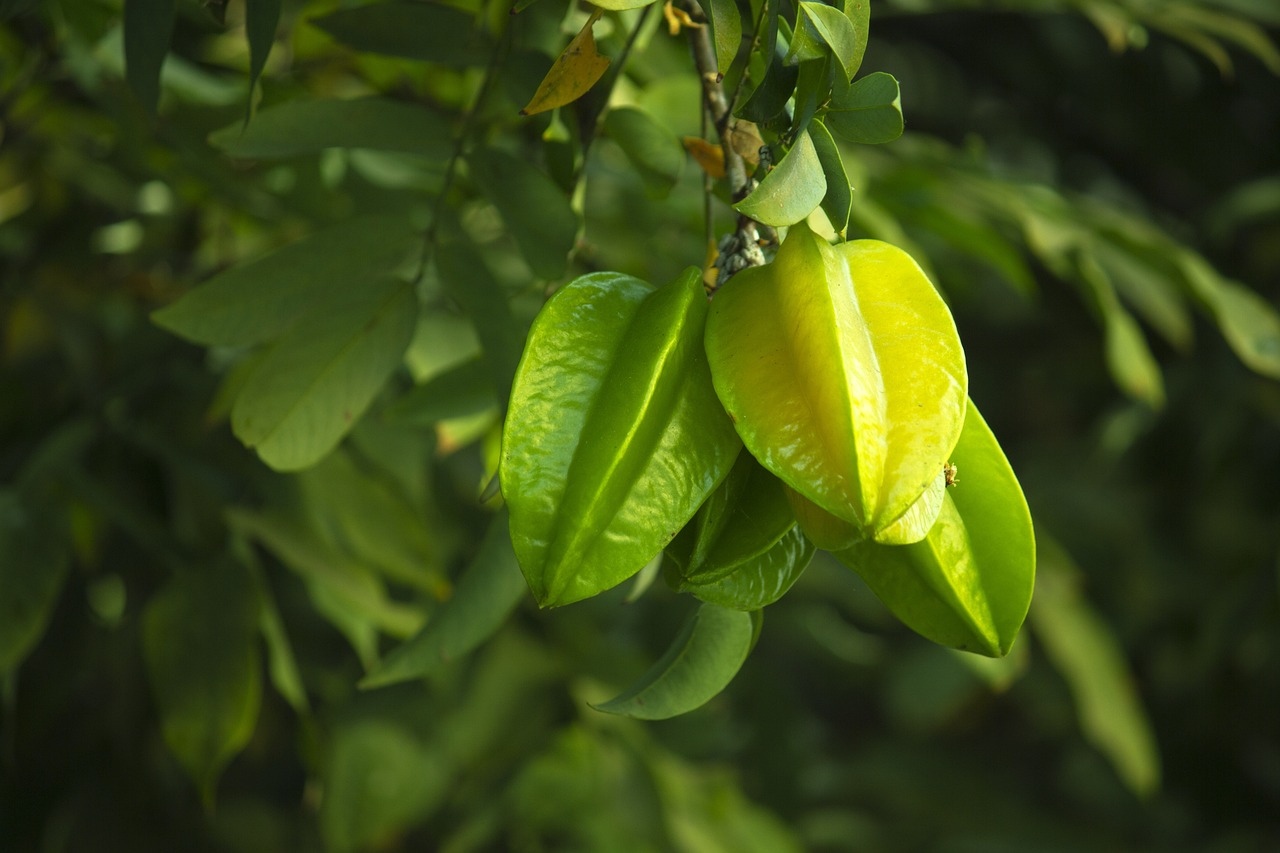Exploring the Cultivation of Star Fruit Around the Globe
Star fruit, also known as carambola, is a unique and delightful fruit that has captured the hearts and taste buds of people around the world. Its distinctive star shape when sliced, along with its sweet and tangy flavor, makes it a popular choice in many cuisines. Let’s take a journey to discover how this exotic fruit is cultivated in various corners of the globe.
Southeast Asia: The Birthplace of Star Fruit
Our journey begins in Southeast Asia, the native home of star fruit. Countries like Thailand, Vietnam, and the Philippines have been cultivating star fruit for centuries. In these regions, the warm tropical climate and rich, well-drained soils provide the perfect conditions for star fruit trees to thrive. The fruit is often enjoyed fresh, used in salads, or juiced for a refreshing drink.

South Asia: A Growing Presence
Moving westward, we find star fruit growing abundantly in South Asia. In India and Sri Lanka, the fruit is cultivated in states such as Maharashtra, Kerala, Karnataka, and Tamil Nadu. The tropical and subtropical climates in these areas are ideal for star fruit cultivation. Local markets brim with the golden-yellow fruit, ready to be transformed into tangy pickles, chutneys, or eaten fresh.
East Asia: From Southern China to Taiwan
In East Asia, star fruit is a popular fruit in Southern China and Taiwan. Here, the fruit is not only enjoyed for its taste but also valued for its medicinal properties. The cultivation practices in these regions focus on maintaining the fruit’s high quality, ensuring that every bite is as juicy and flavorful as the last.
The Pacific Islands: Nature’s Bounty
The Pacific Islands, including regions like Oceania, also contribute to the global cultivation of star fruit. The islands’ warm climate and fertile volcanic soils create an ideal environment for star fruit trees. The fruit is a common sight in local markets and is enjoyed fresh or used in traditional island recipes.
Central and South America: A Tropical Delight
Crossing the oceans to Central and South America, we find star fruit flourishing in countries such as Brazil, Costa Rica, and Colombia. The tropical climate of these regions supports the growth of star fruit trees, which are often intercropped with other tropical fruits like mangoes and bananas. The fruit is a favorite in fruit salads, desserts, and juices, bringing a touch of tropical sweetness to every dish.
The Caribbean: An Island Treasure
In the Caribbean, islands like Jamaica and Cuba are known for their vibrant star fruit production. The fruit thrives in the warm, sunny climate and is a staple in many Caribbean dishes. Whether it’s served fresh, in a refreshing juice, or as a garnish for savory dishes, star fruit adds a unique flavor and visual appeal.
The United States: From Hawaii to Florida
Finally, in the United States, star fruit is grown in the warm climates of Hawaii and Florida. In these regions, the fruit is celebrated for its versatility and health benefits. Farmers markets in these states often feature star fruit, attracting both locals and tourists eager to taste this exotic delight.

